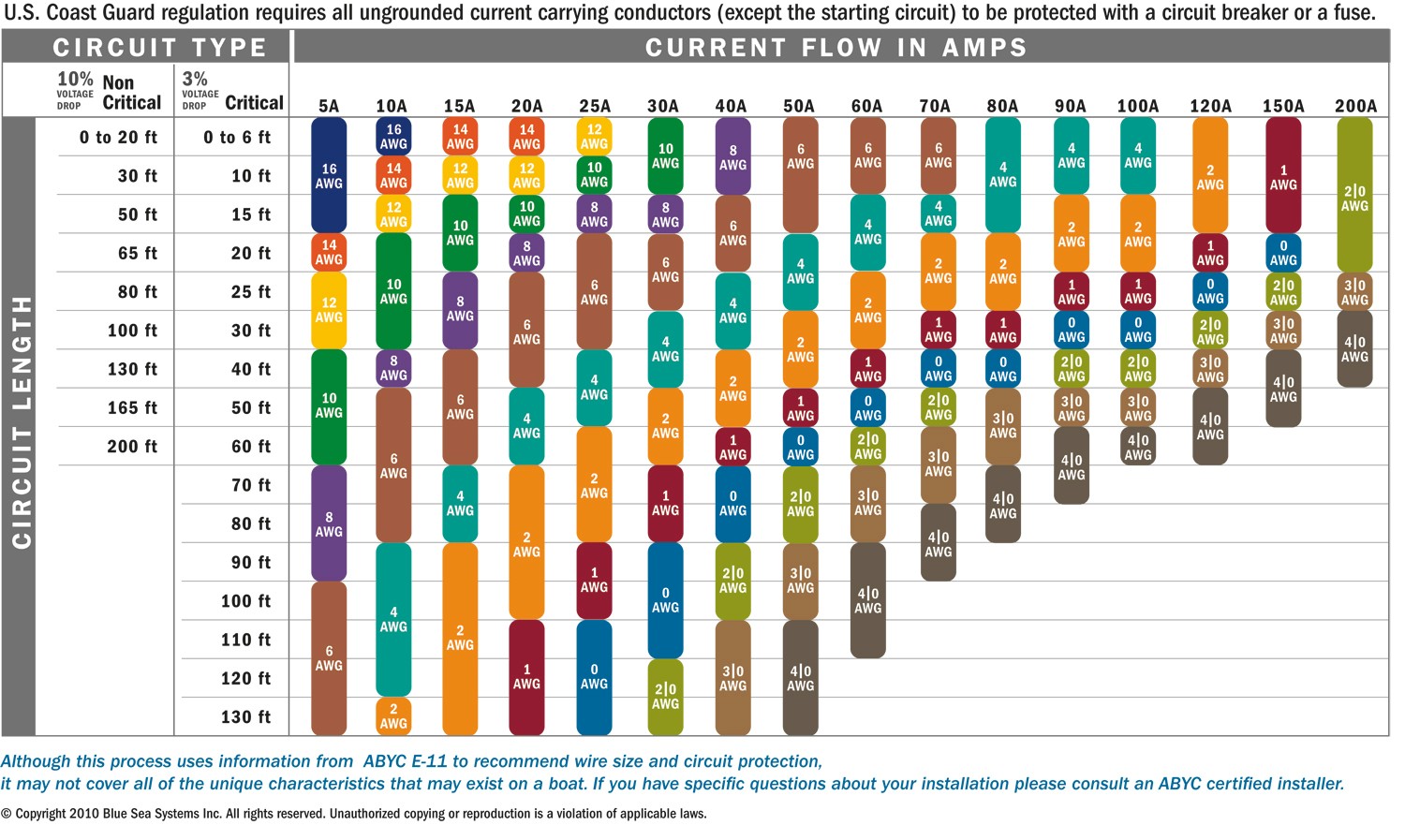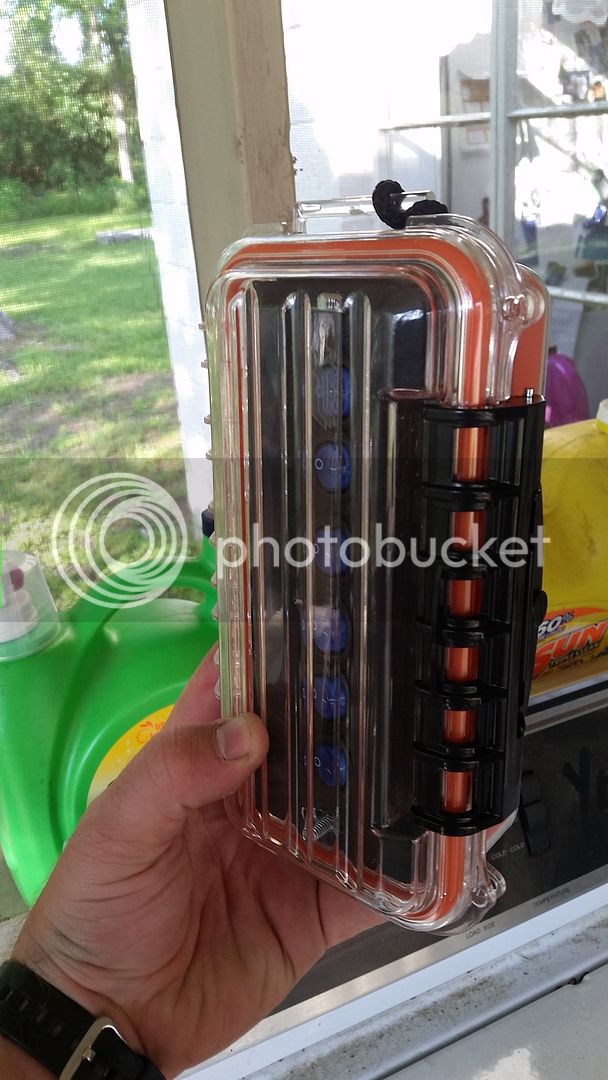BassMaster06
Member
- Joined
- Apr 4, 2015
- Messages
- 12
- Reaction score
- 0
New member here. Seeking advice on my wiring for lights and accessories on my jon boat. I'll continue to search and read for ideas, but I'm looking for a quick answer for exactly what I'm trying to do.
I have the following items that I need to power:
Trolling motor
Depth finder
Bow and stern lights
Leds for the floor lights
Led flood/spot lights mounted bow and stern
12v outlet
Potential for other goodies down the road.....
Gonna bite the bullet and buy 2 deep cycle batteries. Was thinking about designating one battery for trolling motor and depth finder, and the other battery for everything else. Would it be better to wire the two batteries together and run everything off both at the same time instead?
Next, I would run directly from the batteries to a fuse block, then to individual switches for each accessory. (I'll be fabbing up my own switch panel). Wont be wiring the depth finder or the trolling motor to switches. Would this work and/or would I need anything else in place for this system? Breaker? Ground bar?
Also, I prefer to have my trolling motor mounted to the front of the jon boat when I'm bass fishing, so I usually have to have the battery up front since the wires are so short. I'd prefer to store both batteries in the back of the boat. Is there a good way to power the trolling motor at the front of the boat off of batteries at the back of the boat? Cut off terminal connectors and splice in a longer power cable to reach the battery?
Thanks for any advice
I have the following items that I need to power:
Trolling motor
Depth finder
Bow and stern lights
Leds for the floor lights
Led flood/spot lights mounted bow and stern
12v outlet
Potential for other goodies down the road.....
Gonna bite the bullet and buy 2 deep cycle batteries. Was thinking about designating one battery for trolling motor and depth finder, and the other battery for everything else. Would it be better to wire the two batteries together and run everything off both at the same time instead?
Next, I would run directly from the batteries to a fuse block, then to individual switches for each accessory. (I'll be fabbing up my own switch panel). Wont be wiring the depth finder or the trolling motor to switches. Would this work and/or would I need anything else in place for this system? Breaker? Ground bar?
Also, I prefer to have my trolling motor mounted to the front of the jon boat when I'm bass fishing, so I usually have to have the battery up front since the wires are so short. I'd prefer to store both batteries in the back of the boat. Is there a good way to power the trolling motor at the front of the boat off of batteries at the back of the boat? Cut off terminal connectors and splice in a longer power cable to reach the battery?
Thanks for any advice




